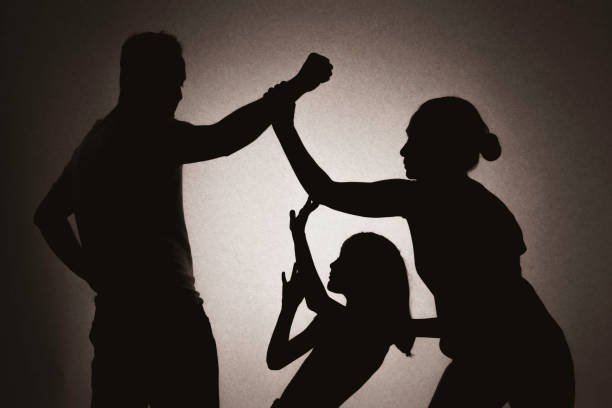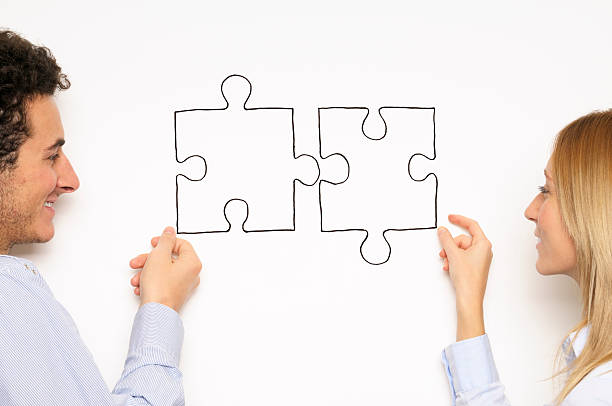In our society, abuse is a taboo subject. There has been an effort in recent years to promote open discussion about the topic and its effects on a person. It can be not easy to recognize at times, as it manifests itself differently in every situation. Comparing behaviors and actions between relationships is difficult and vague. There are common characteristics, even though behaviors may differ from one person to another. These can help identify and understand possible abuse.
The prevalence of abusive behavior in dating relationships
According to studies, young women aged 16-24 are the most likely to experience intimate partner violence. Violent behaviors in relationships are often rooted between the ages of 12 and 18. Violence and abuse are usually more severe in relationships when they begin in adolescence.
People who have been in abusive relationships, whether they are currently or have had them previously, may find it difficult to understand unhealthy patterns of association. The abusers are often experiencing the long-term and short-term effects and may not recognize these as being part of normal life. But what about us, those on the outside? Can we easily recognize an unhealthy relationship? No formula can be used to determine if what you see would be considered abusive. This is due to the variety of abusive behavior. However, warning signs are usually easy to spot. If you see a few of them, it is a good idea for you to examine the situation and determine if they are a sign of something more serious.
The warning signs include being afraid of your romantic partner, lying to friends and family to hide abusive behavior or actions, and being careful about what you say to them to avoid making them angry. Being criticized and put down constantly by the other person despite trying to please them/herb3gg; being deliberately embarrassed in front of friends and family by him/herb3gg.
Who can I contact when it’s time to reach out?
Let’s say that you are a family member or friend who has noticed these warning signs in the relationships with which your loved one is engaged. What should you do? Do not hesitate to act on instinct. A victim is unlikely to admit that they are a victim if confronted. You may not be aware that they are victims. Encourage the person with respect and kindness. It’s important that the victim feels supported and not blamed for their partner’s actions. Bystanders must be aware of the resources available in their community. Many communities will offer a variety of resources to help men, women, or children leave an environment that they feel is unsafe. There is usually at least one shelter that provides a safe place for victims of domestic abuse. Shelters can be a great resource, as they provide connections to groups of support, lawyers, and outreach programs. As we have already mentioned, victims may be unaware of the dangers and risks involved. It is easy to imagine confrontations, but it can be not easy to have an open discussion with someone that you care about. Give the person options and reiterate that you are willing to support them. Do not hesitate to call emergency services if you feel that someone is in immediate danger and the violence threat is high. Use what resources you can.
The person who listens is the best resource, whether you’re a victim of abuse or someone watching from the outside. Abuse in relationships is characterized by abusive behaviors that are a violation of trust. It can be difficult to trust someone again after experiencing abuse. One of the easiest ways to help someone who is experiencing abuse is to be willing to listen without judging. The first step to allowing the victim to leave the shadow of the abuser is building a relationship with them and opening up the door for additional assistance.













